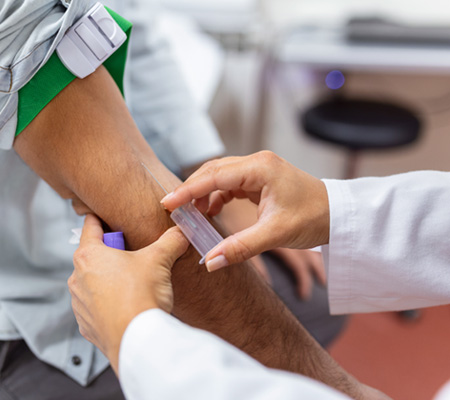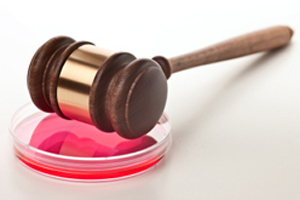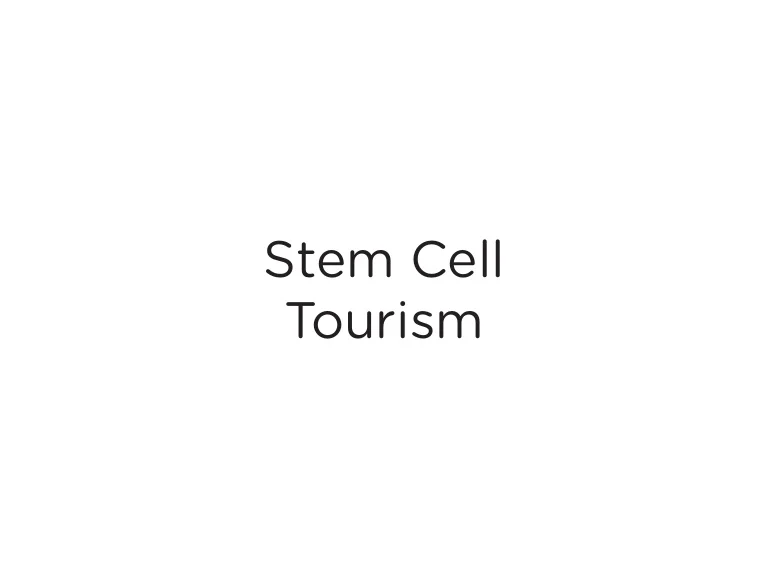Treatment & Recovery procedures for a stem cell transplant or treatment here at CellMex may vary depending on the specific type of transplant and the medical condition being treated. However, here is a standard overview of the typical steps involved in a stem cell transplant:
1) Preparatory Phase
2) Stem Cell Collection
3) Transplantation
4) Recovery And Supportive Care
5) Engraftment & Immune System Recovery
6) Follow-up Care
1. Preparatory phase:
Before the transplant, the patient undergoes a series of evaluations and tests to determine their eligibility and to prepare for the procedure. This may include a thorough medical evaluation, imaging tests, blood tests, and sometimes a conditioning regimen. The conditioning regimen may involve a light form of chemotherapy, radiation therapy, a combination of both; or none at all. The purpose of the prep phase conditioning regimen is to suppress the recipient’s immune system and, in some cases, to eliminate the diseased cells.
2. Stem cell collection:
Stem cells used may be collected from the patient (autologous transplant), from a matched donor (allogeneic transplant), or from umbilical cord blood bank (mesenchymal). Collection may involve apheresis, (blood drawn from patient) to collect the stem cells. In the treatment of severe medical conditions; stem cells will undergo “stem cell processing” in the preparatory phase; which involves techniques as cell isolation, purification, cell culture, cell expansion and then cell differentiation; depending on specific treatment goals. Once the stem cells are collected and processed, they are prepared for transplantation.
3. Transplantation:
An IV line is inserted into the wrist or forearm and the cells are infused or administered by hand into the line over the course of an hours or on occasion; stem cells may be infused into the patient’s bloodstream through a central venous catheter. The infusion is similar to a blood transfusion and usually takes a little over an hour. The procedure is non-invasive and there is no pain associated with the injection of cells. The patient is directly supervised by our medical team throughout the entire procedure to ensure safety and comfort.
The stem cells then travel to the bone marrow, where they begin to engraft and produce new blood cells, or may travel directly to the damaged or diseased tissue or organ and bind to begin healing. Transplants for organ or orthopaedic conditions may have stem cells transplanted via direct injection into affected organ, tissue or orthopaedic area; which usually includes transplant of up to 300 million umbilical cord tissue-derived Mesenchymal Stem Cells (MSCs) or induced Pluripotent Stem Cells (iPSCs) per transfusion.
4. Recovery and supportive care:
As most protocols are minimally invasive to the patient with very little downtime. There is a one to two hour rest and recuperation period immediately following the procedure. After the transplant, the patient enters a recovery phase. During this time, the patient should not experience any side effects nor complications related to the conditioning regimen. However, should any occur, our supportive care team is crucial during this phase and may include monitoring of blood counts and nutritional support.
5. Engraftment (if treating immune system condition):
Engraftment refers to the successful establishment of the transplanted stem cells in the bone marrow, where they begin to produce new blood cells. The time to engraftment varies depending on the type of transplant and the patient’s individual factors. As the new cells start to function, the patient’s blood counts improve, and the immune system gradually recovers.
6. Follow-up care:
After the initial recovery period, follow-up visits may be scheduled to monitor patient’s progress, manage any complications, and assess long-term outcomes of the transplant. This may involve blood tests, imaging studies, and other evaluations to ensure patient’s health and well-being
Treatment Schedule:
Our normal protocol for stem cell transplant / infusion consists of a three to four day period including the intravenous (IV) transplant. Most patients are treated at our outpatient clinic facility, meaning patients will only be in the clinic for the duration of the treatments during the day. Other severe disease treatments are performed at local hospitals.
*Patients are responsible for booking their own travel & accommodation – we require all patients to provide us with a complete travel itinerary for a minimum of 4 days.
Upon Arrival:
Day 1 – In Puerto Vallarta:
{Get yourself setup at hotel/condo or other residence and call our clinic to setup same day consult}
Day 1 – Consult:
{You will have a face to face consultation with the specialist explaining process and answering your questions of the treatment}
Day 1 – Detox & Prep Therapy:
{Administer chemo or radiation therapy to supress immune system}
Day 2 – Stem Cell Transplant:
{iSPCs or MSCs transplanted into patient with 1/hour rest & recoup time}
Day 3 – Follow-up Physical:
- {A normal consult and follow-up physical}
Day 4: Departure
Administration Treatment Goals
The therapeutic uses of stem cells as a potential therapy for a variety of medical conditions and chronic diseases has been scientifically explored, the vast number of clinical trials previously and currently being conducted with Mesenchymal Stem Cells & Induced Pluripotent Stem Cells has increased exponentially over the past few years.
The primary goal when treating with stem cells is the reduction levels of chronic & localized inflammation for extended periods of time.
As previously stated throughout our website and in our numerous conferences; Stem cells have a unique and essential characteristic or what we call a Native Attribute to seek and attach themselves to inflammation throughout the body. Scientific evidence shows that stem cells can facilitate tissue repair, reduce inflammation, and modulate the immune system, which may promote better health and enhance the quality of life.
Depending on the condition of presented patient, the effects of stem cell therapy can and will lead to a reduction in harmful symptoms, stabilization of medical condition and a significant improvement in the quality of life.
Type of stem cells being administered
Our protocol involves the systemic administration of up to 300 million culturally expanded Mesenchymal Stem Cells or 300 million Induced Pluripotent Stem Cells; derived from ethically donated human umbilical cords or adipose tissue (in the case of iPSCs).
Post-treatment: Treatment Results
Treatment results are quantified by measuring changes in unique inflammatory markers in conjunction with subjective data provided in vitality questionnaires.
Patient response to treatment is dependent on a large variety of biological factors, subject to the behaviour and lifestyle of presented patient. Patients who adhere to an active lifestyle, anti-inflammatory diet, and restrict the consumption of alcohol, tobacco, and caffeine can seen sustained results for 3+ or more years.
Preliminary Efficacy Data
We are currently still collecting long-term data from our treated patients and unfortunately we haven’t published these results.
However, preliminary data that has been collected over the past 21 years has patients reporting their results to show that ~87.5% of our total patient population have noted a sustained improvement in their condition within 30 to 90 days of the treatment; with some expressing an almost immediate improvement or positive change.
Thus this treatment may produce a measurable result within 2 to 6 months following treatment; which is indicated by a marked reduction in levels of inflammation and changes in patients general vitality. However, each patient is unique and may respond to treatment differently.






